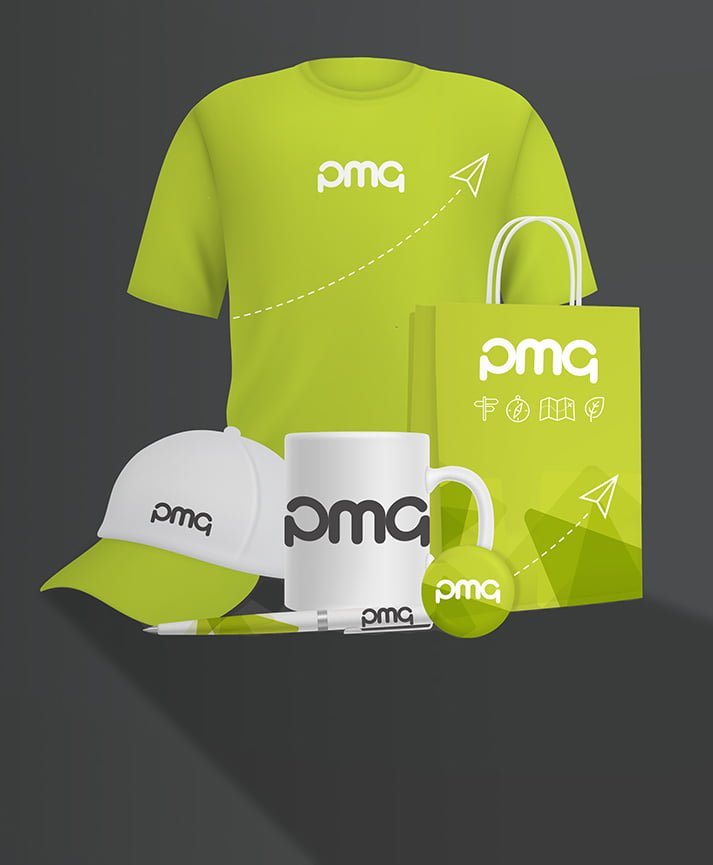
If you’re reading this blog post then you must at least hold a passing interest in print. Perhaps it’s because you’re investigating your print options in advance of an ambitious print marketing campaign, perhaps you’re a budding print designer or maybe, like us, you just love print. While print and paper may seem to some unexciting subjects to explore, it’s necessary to get to grips with a few basic print definitions before you start making any huge decisions regarding print, or else you could end up with your business cards printed on bible paper and letterheads printed on cardboard. PMG Print Management are experts in print. We know what works and what doesn’t. Here’s our beginner’s guide to the wonderful world of paper, and what it means for your next print job.
Paper weight
The weight of paper is easily the most important thing to look out for when you’re about to order a batch of printed material. If you’re still managing your print in-house, it is vital that you know the weight of paper stock that you require before you pick up the phone to make an order. Paper weight is measured in grams per square metre (gsm). The higher the gsm, the heavier and thicker the paper is. What gsm should you use for your next project?
-
40-50 gsm – newspapers
-
120 gsm – good quality stationery, e.g. letterheads, compliment slips, continuation sheets
-
170 gsm – flyers and leaflets
-
250 gsm – covers for brochures and catalogues
-
350-400 gsm – business cards
It’s up to you whether to spend more on higher gsm paper, but it’s certainly worth considering. Providing that functionality is not impaired, higher gsm means that your print will be sturdier and feel higher quality to the touch. Scrimping on paper weight is not a good option. However, be aware that heavier paper stock will make your office printer struggle, so you might need specialist hardware to print on more durable paper.
Types of paper
The materials used to create the paper, in addition to the production and finishing methods used, also dictate the quality and feel of the end product. While some types of paper are defined solely by their weight, you’ll also find a great deal of variety within these weights. Here are just a few different paper types that you should consider for your next print marketing campaign:
-
Gloss paper. This paper is coated with gloss to give a shiny, vibrant finish. It’s perfect to use for promotional materials such as catalogues, leaflets and posters.
-
Matt paper. During the production process this paper is covered with a matt coat – the opposite of gloss. This is the perfect finish to use if you want to minimise glare on your reports and inside print.
-
Silk paper. The middle ground between gloss and matt, silk-coated paper gives the smooth finish of gloss paper with extremely limited glare. This is a highly versatile type of paper – use it for practically any of your outside print projects.
-
Uncoated paper. This is the paper you’ll probably find in your office printer. It has no glare and a rougher surface, meaning that ink dries quickly. It does, however, have reduced vibrancy. Useful for internal documents.
-
Bond paper. This high quality, rough paper should be used for high quality letterheads and other documents.
While paper type and weight are the two main considerations you must make before placing a print order, you should also think about your other priorities. Should paper be recycled or produced using a low-energy process? Should it be sourced sustainably? Can it be recycled? If you’re fed up with asking all of your print suppliers these questions, turn to PMG Print Management. Our print management team will speak to our network of print suppliers to source a cost-effective print solution for your company. Give us a call to learn more.
















































